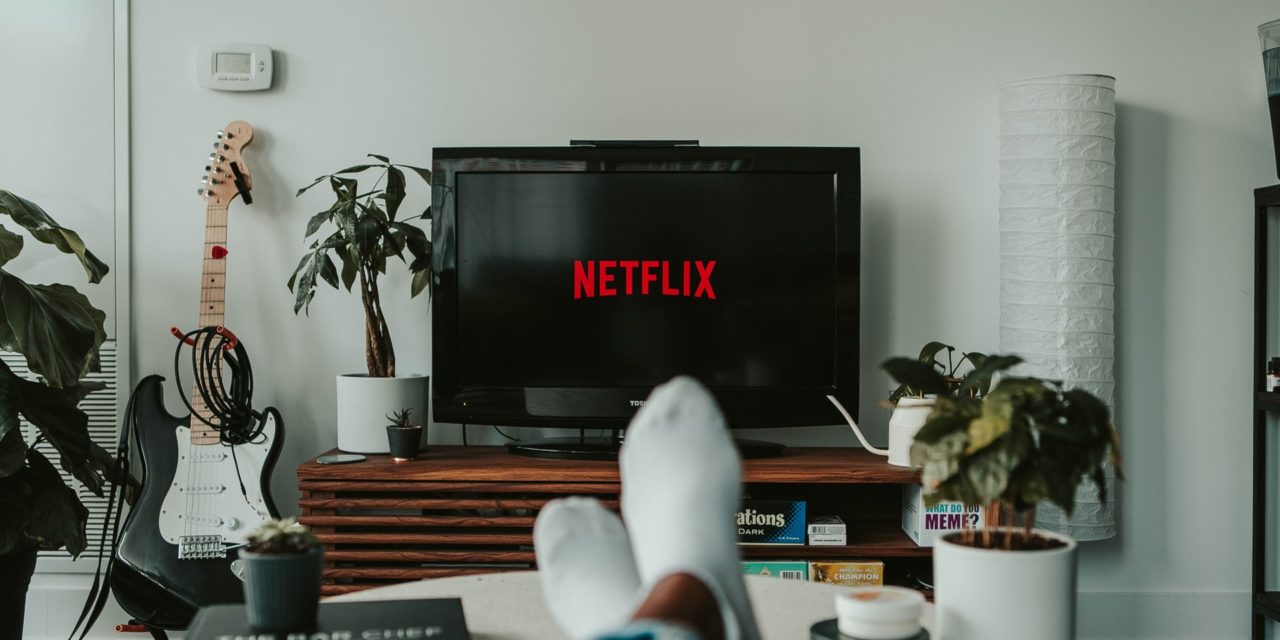[ad_1]
When I was going to college, I loved to go to the library to study, slink into a nice comfortable chair, and read until I drifted off to sleep. When Borders came out with their neighborhood blockbuster book stores, I did the same thing, and often left the store with a book I had the pleasure of sampling in the same comfortable way. Now, most people buy their books on the Internet, and read them on their Kindle.
A phenomena of the Internet has been the consolidation of retailers into new monopolies. Retailers such as Netflix replaced blockbuster stores such as Blockbuster Video, who found it impossible to sustain its brick and mortar retail stores against the power of the Internet and the popularity of download streaming. Newspapers have been outdated by means of publishing the written word more expeditiously, and, as a consequence, journalism has had to adapt to try to maintain some kind of quality.
The same has happened to the publishing industry, and the brick and mortar bookstores. Borders, one of the “Blockbusters” of books, was gobbled by Barnes and Noble, who now finds its biggest competitor to be Amazon. Amazon has developed a suite of tools that allow authors to enter the publishing industry, a place once reserved for the elite, and more closed than the world of Hollywood filmmaking.
A recent study found that nearly 70 percent of consumers say it is unlikely that they will give up on printed books by 2016, and the British marketing research agency Voxburner recently surveyed more than 1,400 people, ages 16 to 24, about their media-consumption habits; the survey found that 62% of the respondents said they prefer printed books to eBooks.
I was surprised by these findings because I was sure that eBook sales had been growing at an exponential rate. The annual BookStats Study reports that 457 million eBooks were sold last year; a 4456% increase since 2008, when 10 million were sold ( http://www.usatoday.com/story/life/books/2013/05/15/e-book-sales/2159117/ ). Although paper titles sales are higher, you cannot ignore the steady increase in the number of eBook sales, which I still think is the future of publishing. I think you have to account for the demographic, in that most older readers will naturally choose a print book, whereas younger readers, who tend to do their homework on their laptops, will opt for an eBook.
According to successful New York Times Best Selling Author Hugh Howey, who has turned his back on the publishing industry and now publishes his own books, he makes more money self-publishing and it frees his time that he would be using chasing agents and publishers to write more and better books.
Print books are still being purchased because the non-Generation Y readers are slow to convert to Kindle. They prefer having a printed book in their hands, so there will be a market for the printed book in the near future. However, eBook Sales are still up, and older readers are buying Kindles. Impulse buying is much stronger with eBooks, which are delivered instantaneously, and they are cheaper than print books. I think the reading public will still prefer print books, but, as time goes by, eBook sales will overcome them, merely due to the demographics.
My eBooks both have printed versions that sell on Amazon and are also offered at Barnes and Noble. Although they sell only online, online book sales account for more than 50% of all book sales, as recently reported in Digital Book World ( http://www.digitalbookworld.com/2013/online-retail-now-accounts-for-nearly-half-all-u-s-book-sales/ ). I think that the trend is toward online sales taking over traditional retail outlet sales. We have observed many book store closures and consolidations in the past few years and I think we can continue to see more. I myself will miss being able to go into a book store, pick up a book and relax in a soft chair while sampling its passages to see if I feel like buying it, but you cannot deny the trend. My eBook sales are still running about three times higher than my printed book sales, but the option is there to appeal to both markets, and that is what Amazon is doing with giving authors their “Create Space” platform.
I think publishers have to offer both eBook and print book formats to appeal to both sides of the market. In the end, it is the quality of the book and the promotions that are used to bring awareness to it rather than the medium that is going to control. Like any other product, you have to package and offer it to the consumer in a way that appeals to his or her buying habits.
However, as the reading public ages, new readers will be almost exclusively eBook oriented. I regret the demise of the printed book, but I don't see that there will be anything that can be done about it, except to preserve them in libraries and museums. With the trend toward iPads and Kindles, and public schools even proposing issuing iPads to students, young people will eventually grow up not knowing what it is like to read a printed book. Technology will do the same thing to the book that it has done to the printed newspaper.
[ad_2]
Source by Kenneth Eade

